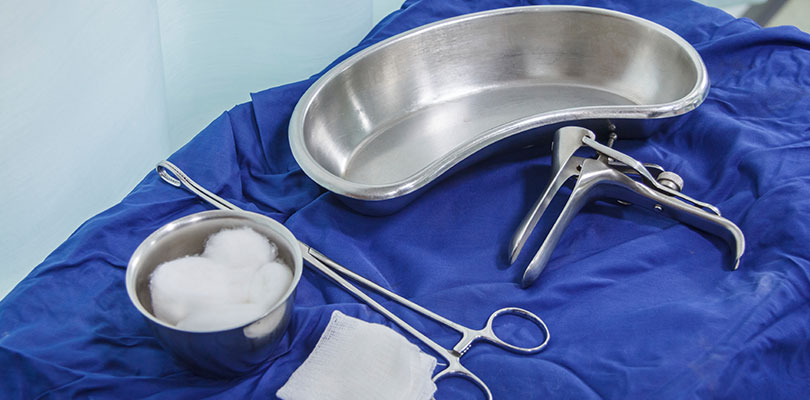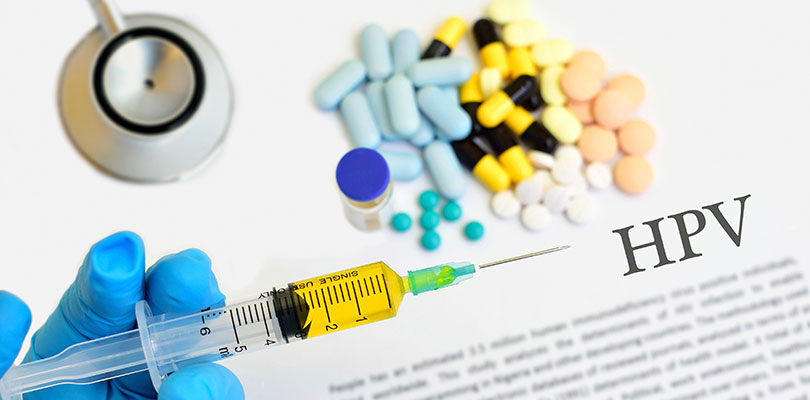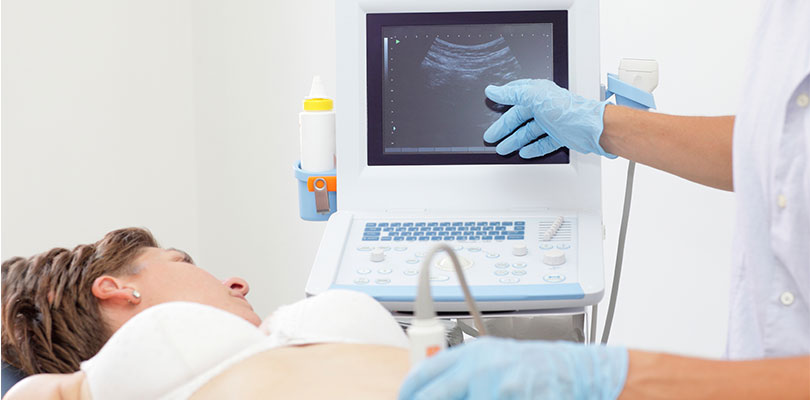
Photo Credit: TwilightShow / istockphoto.com
The Truth Behind Cervical Cancer Risk, Prevention and Diagnosis
Compared to other female cancers, cervical cancer is relatively easy to spot early on; with the recently introduced vaccines, it seems this disease should be almost obsolete. Unfortunately, this isn’t the case — nearly 13,000 women will be diagnosed with invasive cervical cancer in America this year, and over 4,000 will die from the disease.
However, there is a bright side. Cervical cancer is one of the most preventable cancers, and as long as you commit to good preventative measures and smart lifestyle changes, you can significantly reduce your lifetime risk of contracting the disease.
Pap Testing Is the Best Preventative Measure You Can Take
Eating well, quitting smoking, and using a form of birth control other than the pill will all help lower your risk of cervical cancer, but no lifestyle change can replace the Pap test. Cervical cancer diagnosis and prognosis have improved significantly since Pap tests became a regular part of routine medical exams.
Early cervical cancer symptoms are rare, so don’t count on body changes to alert you to the problem. Continue to have regular Pap smears (every two to three years for most women), and visit your doctor for an examination in between appointments if any new discomforts or physical changes arise, like abnormal bleeding, change in cervical mucus, or pelvic pain during intercourse.

Photo Credit: monkeybusinessimages / istockphoto.com
An Abnormal Pap Test Doesn't Mean Cervical Cancer
It’s natural to jump to terrible conclusions when medical tests come back positive, but an abnormal Pap test doesn’t mean cancer. In fact, you may not even have any cancerous cells, but rather pre-cancerous cells that might become a problem down the road.
One abnormal Pap test is rarely case for alarm; your doctor will take note of the tissue abnormalities, and keep an eye on any changes that happen in the next year or two. If left untreated, initial abnormalities can grow into something dangerous, but close and careful monitoring is often enough to ward off cancer.

Photo Credit: gpointstudio / istockphoto.com
Your Sexual History Will Impact Your Risk
The earlier in life you become sexually active, and the more sexual partners you have, the more likely you will eventually develop cervical cancer. Contracting other sexually transmitted infections will also raise your cancer risk, especially immune deficiency diseases like HIV.
Contrary to some other reproductive cancers (like ovarian cancer), cervical cancer risk goes up if you have many children. In fact, women are encouraged to continue receiving regular Pap tests well into middle age regardless of their reproductive history, since cancer risk can stay elevated for so many years.

Photo Credit: designer491 / istockphoto.com
HPV Is the Most Important Cervical Cancer Risk Factor
The human papilloma virus (HPV) is actually a collection of over 150 related viruses that can affect cells on the surface of the skin, causing papillomas (more commonly known as warts). Not every strain of HPV will lead to cancer — many are just unsightly and mildly uncomfortable — but certain types lay the foundation for cervical cancer. HPV infection is responsible for over 90 percent of cervical cancers.
The most hazardous forms of the virus are HPV 16 and HPV 18. These two strains are responsible for nearly two-thirds of all cervical cancer cases. If you become chronically infected with a high-risk strain of HPV, your risk for vaginal and vulva cancer will also rise.

Photo Credit: jarun011 / istockphoto.com
HPV Won't Necessarily Lead to Cancer
While HPV can pave the way to cancer, it by no means guarantees that cancer will develop. In fact, HPV is incredibly common — up to 70 percent of sexually active people will contract it at one point in their lives — but the immune system will often fight off the virus before it becomes a problem.
The trouble starts with a high-risk strain of HPV that just won’t go away on its own. However, the abnormal cervical cell changes can take many years to develop into cancer, so there’s rarely an immediate cause for concern when HPV is first detected on the cervix.
Cachexia and cancer are almost always related. Cachexia is what happens when someone with cancer loses weight without trying to. Learn more here,

Photo Credit: chokmoso / istockphoto.com
HPV Vaccine Is Helpful, but Not Perfect
Recent years have seen major improvements in cancer prevention, including the HPV vaccines Cervarix and Gardasil. These two vaccines are designed to protect you against the most notorious high-risk HPV strains linked to cervical cancer, and each is given through three injections over a course of six months.
But since there are so many HPV viruses that can lead to cancerous growth, no single vaccine will completely protect you from cervical cancer. Even if you’ve been vaccinated against HPV, you will still need periodic Pap tests to ensure no abnormal changes have a chance to develop.

Photo Credit: megaflopp / istockphoto.com
Cervical Cancer Is Often Caught in the Early Stages
Since an abnormal Pap test result is the first clue that there’s a problem, regular Pap tests help doctors find changes very early. If your doctor uncovers an area of pre-cancerous or cancerous cells, there are several further tests that will reveal if cancer is present and how far it has spread.
Fortunately, it’s far more common to find pre-cancerous lesions than cancer that has invaded the cervix and surrounding tissue. These pre-cancerous cells (dysplasia) are often contained in the surface area of the cervix, which makes the abnormal patch relatively easy to monitor, and remove, if need be.

Photo Credit: m-imagephotography / istockphoto.com
Cervical Cancer Is Very Treatable
Cancer should never be taken lightly, but a cervical cancer diagnosis is not death sentence. Prognosis has improved immensely over the last 50 years.
The number of cervical cancer deaths has fallen more than 70 percent, thanks to the advances in screening and preventative measures that help uncover problems in the earliest stages.
If pre-cancerous cells are detected, a minimally invasive procedure, such as cauterization or laser surgery, can take care of the threat. Treatment may be more invasive when cancer has been detected; many cases caught in the early stages will be eradicated with a combination of radiation, surgery and chemotherapy.
The five-year survival rate for stage IA is 93 percent, and 80 percent for the next stage (IB).

Photo Credit: endopack / istockphoto.com
Cervical Cancer Will Impact Fertility, but Pregnancy Isn't out of the Question
When cervical cancer is caught after it has spread past the surface tissue (stage I and beyond), surgery is often the best course of action. In many cases, the cervix is completely removed, along with the uterus and the ovaries (full hysterectomy). However, the reproductive organs can be spared, in some cases.
If the cancer is caught early, you may be able to have a cone biopsy to remove only the affected cervical tissue, or a procedure known as a radical trachelectomy, where the cervix and part of the vagina are removed, but the uterus is not. Although future pregnancies aren’t without risk, they will still be possible after these procedures.
Any cancer presents a danger, and despite the statistics on diagnosis and prognosis, not all cases of cervical cancer will behave the same. Different women will also react differently to treatment, so it’s important not to get too wrapped up in the numbers — whether they’re for or against you.
If you’ve received a positive Pap test result, remain calm, and have a conversation with your doctor to determine the best course of action for you and your body.
Testicular cancer is relatively uncommon compared with other cancers, but it is the most common cancer in men between 15 and 35 years old.







